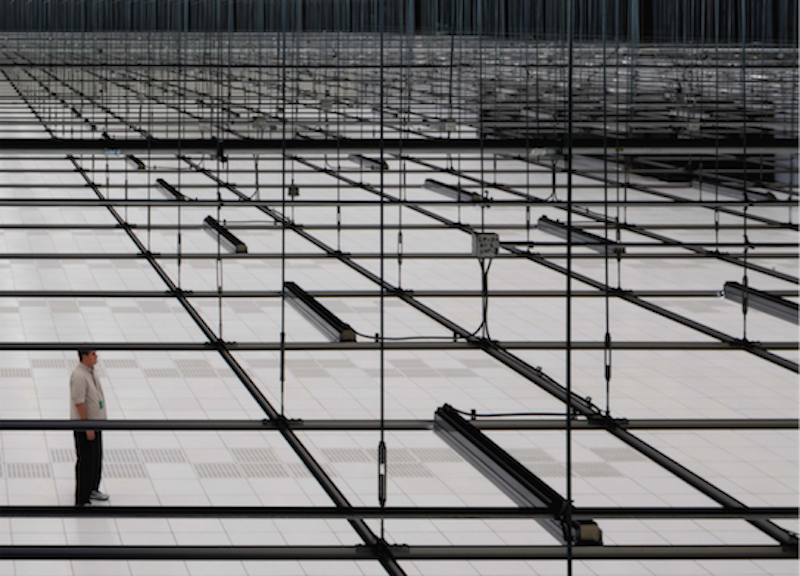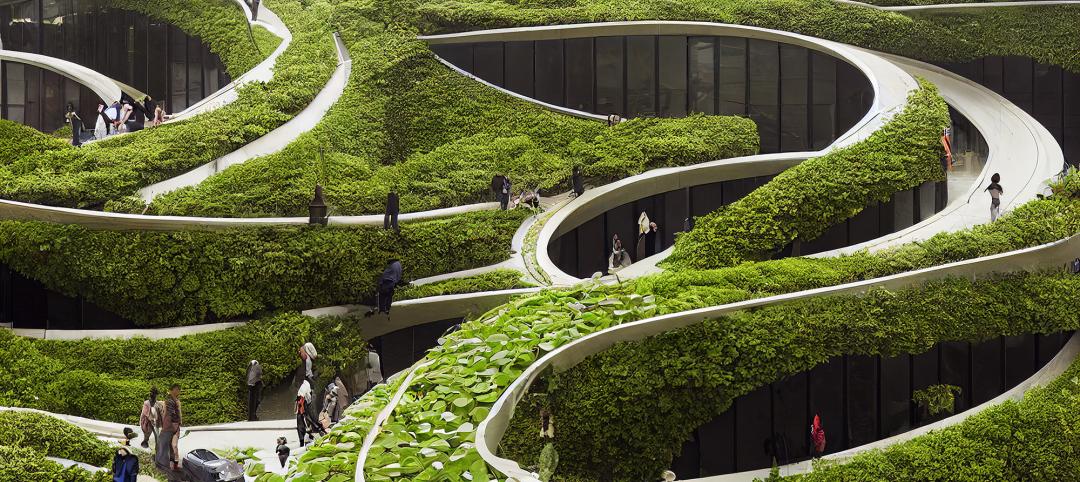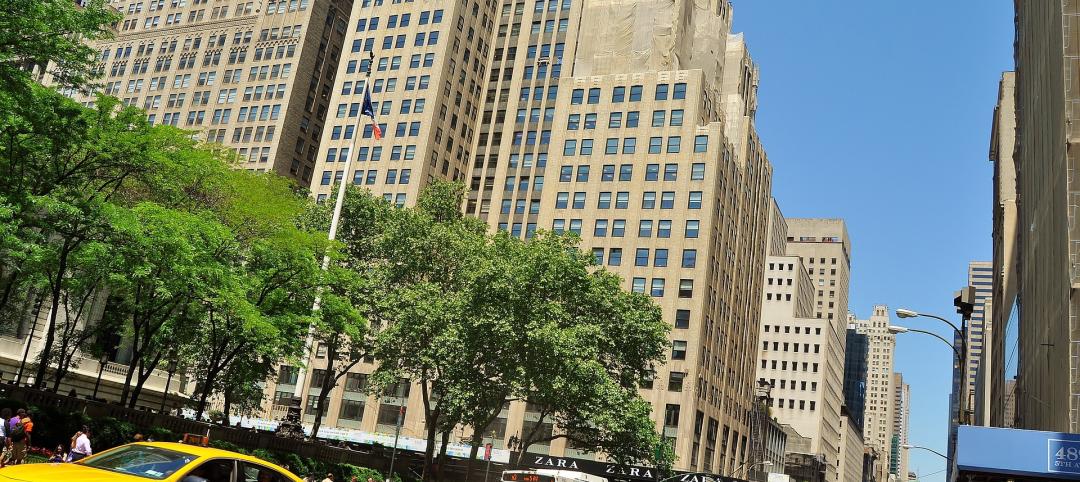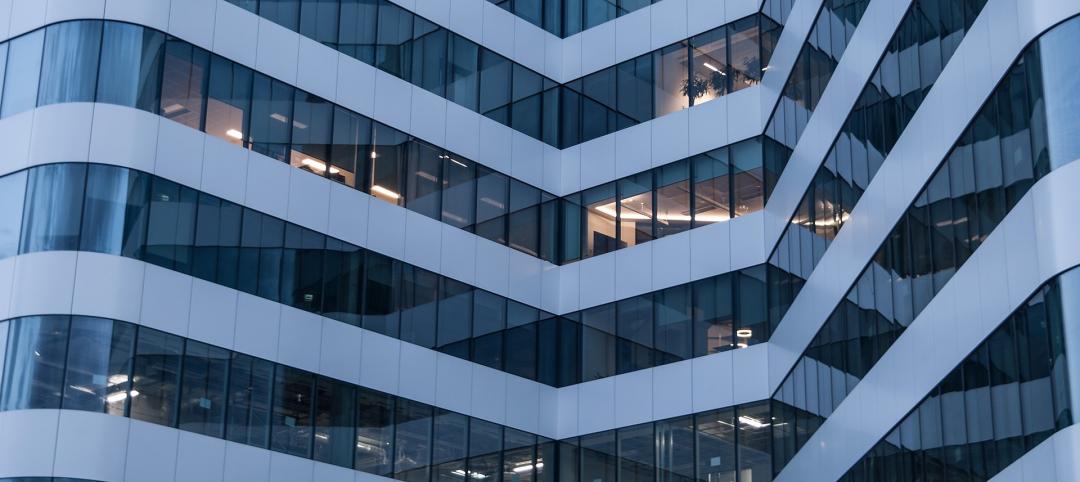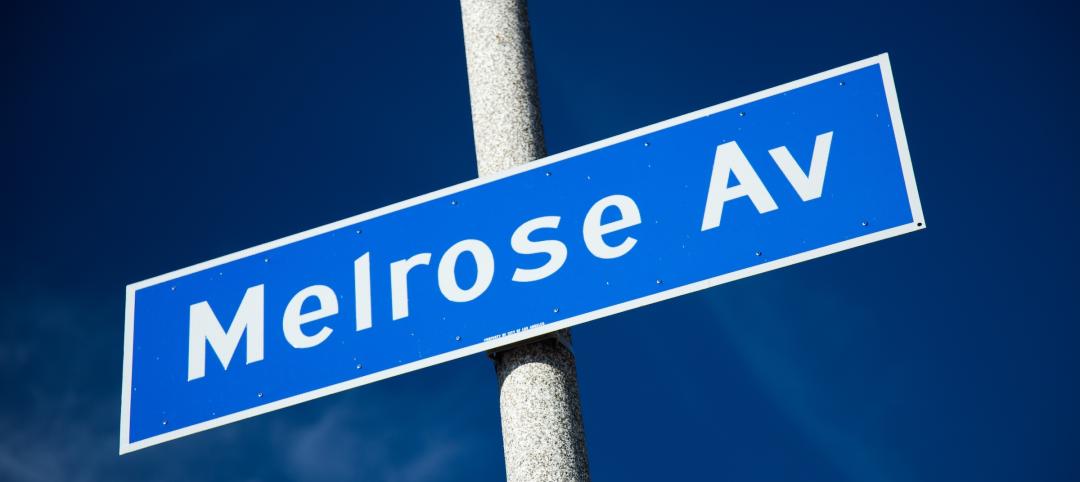To keep pace with the tsunami of Internet ones and zeroes, businesses are investing heavily in data centers, deploying new applications, embracing cloud storage, and renovating out-of-date facilities.
TOP 30 DATA CENTER ARCHITECTURE FIRMS
Rank, Firm, 2015 Revenue
1. Gensler $34,240,000
2. Corgan $32,400,000
3. HDR $15,740,000
4. Page $14,100,000
5. CallisonRTKL $6,102,000
6. RS&H $5,400,000
7. Clark Nexsen $3,105,999
8. HOK $2,535,000
9. DLR Group $1,600,000
10. Stantec $1,575,034
TOP 40 DATA CENTER CONSTRUCTION FIRMS
Rank, Firm, 2015 Revenue
1. Whiting-Turner Contracting Co., The $1,083,554,383
2. Holder Construction Co. $730,000,000
3. DPR Construction $486,876,000
4. Turner Construction Co. $474,216,912
5. Structure Tone $410,600,000
6. JE Dunn Construction $405,159,678
7. AECOM $294,660,000
8. Fortis Construction $271,709,620
9. Fluor Corp. $238,760,000
10. Gilbane Building Co. $227,161,000
TOP 50 DATA CENTER ENGINEERING FIRMS
Rank, Firm, 2015 Revenue
1. Vanderweil Engineers $41,247,200
2. Jacobs $40,110,000
3. Syska Hennessy Group $38,578,562
4. Environmental Systems Design $14,670,507
5. Highland Associates $9,100,000
6. Dewberry $8,997,875
7. Newcomb & Boyd $4,683,201
8. Ghafari Associates $4,000,000
9. Arup $3,727,928
10. Glumac $2,971,198
The need to bring new capacity online as quickly as possible is motivating individual business enterprises and co-location facilities to embrace streamlined design and delivery approaches.
“Almost all our recent data center projects have involved either a design-build or integrated delivery method to get contractors on board and moving even before the full design is finalized,” says Andy Baxter, PE, Principal of Science + Technology at Page.
A new 80-MW data center campus under construction in Garland, Texas, reflects this approach. RagingWire, a provider of co-location services, is acting as owner and contractor on the project, which encompasses five 200,000-sf buildings. The facilities have been designed so they can be replicated in other U.S. locations with only minor tweaks.
The growing availability of offsite facilities and cloud-based solutions has opened up new options for large businesses to manage their data.
“More enterprises are using a hybrid approach, which means they are comfortable outsourcing their less critical applications, but they want to control core business applications in their own facility,” says Hal Adams, AIA, LEED AP, Vice President and Regional Manager at Carlson Walbridge.
Businesses choosing to manage their own facilities are taking cues from co-location/wholesale developers to control costs. “This entails building a more flexible and scalable solution that can adjust to changing requirements over the building’s lifetime,” Adams says.
Because today’s resilient networks and software can deliver a much higher degree of reliability than in the past, highly redundant and capital-intensive Tier III and Tier IV data centers are gradually being replaced by simpler, lower-cost Tier II facilities.
“Clients now make more informed decisions about how much reliability they really need,” says Page’s Baxter. “They are no longer building one-size-fits-all facilities and are opting instead to have varying levels of reliability within the same facility. As a result, more data centers are now designed with traditional MEP systems for a lower cost.”
KEEPING EveryTHING cool and EFFICIENT
Major improvements in IT hardware are giving AEC innovators the opportunity to develop more-efficient ways to power and extract heat from equipment.
Increasingly efficient mechanical systems continue to reduce power usage effectiveness, or PUE, lowering electricity operating costs. The use of novel cooling systems, notably centrifugal chillers and indirect evaporative cooling (known as “IDEC”), can save energy costs over compressors and other air-based systems. But these water-based solutions face heightened scrutiny as resource concerns continue to intensify.
“There is a love-hate relationship that is developing with evaporative cooling,” says Brian George, AIA, Principal at Corgan. “The consumption of water is becoming increasingly problematic in some areas because of quality and availability issues.” Climate issues will only intensify these concerns.
Innovative cooling strategies are being pioneered at a new 100,000-sf data center under construction by Infomart Data Centers outside Portland, Ore. When it comes online later this year, the facility will serve as the new West Coast data center for LinkedIn, whose storage and processing needs have shot up 34% in the past year.
DPR Construction worked with the equipment manufacturer to develop a customized cooling system to accommodate IT rack payloads that will fluctuate from 3 kW to more than 30 kW on a daily basis.
“Our team and partners evaluated rack-based solutions that allow for just-in-time delivery, installation, and connection with existing cooling sources,” says DPR’s David Ibarra, Advanced Technology/Mission Critical Market Co-Leader. He says his team’s goal was to not only successfully install hundreds of these cooling systems, but also to “flawlessly test” each of them as they were installed to avoid any impacts on the schedule.
GROWTH AT THE EDGE
The demand for new data centers located closer to end users is also on the rise.
“By bringing data closer to the consumer, edge data centers are looking to eliminate network latency or performance issues,” says Richard Green, Director, Mission Critical Group, JE Dunn Construction. Green says this pattern is fueling data center growth outside of core connection hubs like the New York City region and Silicon Valley.
Content providers may still operate large data centers in major regional markets, but many also have edge data centers in smaller regional markets, plus micro data centers in other locations.
“This means we are now pursuing work with clients all over the country instead of just in specific regions,” says Page’s Baxter. “These facilities are much more compact, repeatable, and cost efficient, sometimes as small as a single rack.”
Looking ahead, new accounting rules that are expected to be enacted by the Financial Accounting Standards Board at the end of the year may reshape the balance of data center ownership. “These changes will treat most sale/leaseback arrangements very similarly to owned assets, which may result in more enterprise users choosing to build their own facilities,” says Corgan’s George.
RETURN TO THE GIANTS 300 LANDING PAGE
Related Stories
Cultural Facilities | Aug 21, 2024
Baltimore’s National Aquarium opens 10,000-sf floating wetland that mimics the harbor’s original tidal marsh habitat
The National Aquarium in Baltimore has opened the National Aquarium Harbor Wetland, a 10,000-sf floating wetland that mimics the Inner Harbor’s original Chesapeake Bay tidal marsh habitat. Located between Piers 3 and 4 on Baltimore’s Inner Harbor, the $14 million project features more than 32,000 native shrubs and marsh grasses.
Mixed-Use | Aug 21, 2024
Adaptive reuse of a Sears store becomes luxury mixed-use housing
6 Corners Lofts at 4714 W Irving Park Road, Chicago, Ill., opened in March of 2024 as a 394,000-sf adaptive reuse project born out of a former Sears store.
Building Materials | Aug 19, 2024
Federal 'buy clean' construction materials label program unveiled
The U.S. Environmental Protection Agency announced a plan for implementing a new label program to boost American production of more climate-friendly construction materials and products. The label program will prioritize steel, glass, asphalt and concrete.
Museums | Aug 19, 2024
The Tampa Museum of Art will soon undergo a $110 million expansion
In Tampa, Fla., the Tampa Museum of Art will soon undergo a 77,904-sf Centennial Expansion project. The museum plans to reach its $110 million fundraising goal by late 2024 or early 2025 and then break ground. Designed by Weiss/Manfredi, and with construction manager The Beck Group, the expansion will redefine the museum’s surrounding site.
AEC Tech | Aug 19, 2024
Harnessing AI to revolutionize architectural design and creativity
Architects are wondering if AI will replace us. For Vessel, the gains offset the fear. We believe there is wisdom in the unattributed quote, “You won’t lose your job to AI. You will lose your job to someone using AI.”
Reconstruction & Renovation | Aug 19, 2024
Movement to protect historic buildings raises sharp criticism
While the movement to preserve historic buildings has widespread support, it also has some sharp critics with well-funded opposition groups springing up in recent years. Some opponents are linked to the Stand Together Foundation, founded and bankrolled by the Koch family’s conservative philanthropic organization, according to a column in Governing magazine.
Government Buildings | Aug 19, 2024
GSA posts new RFI for enabling energy efficiency, decarbonization in commercial buildings
The U.S. General Services Administration (GSA), in collaboration with the U.S. Department of Energy, recently released a new Request For Information (RFI) focused on enabling energy efficiency and decarbonization in commercial buildings. GSA wants to test innovative technologies through GSA’s Center for Emerging Building Technologies.
MFPRO+ New Projects | Aug 16, 2024
At 60 stories, the Paramount multifamily development will stand as Nashville’s tallest high rise
When complete, the 60-story Paramount building, at 750 feet high, will be the tallest high rise tower in Nashville, Tenn., surpassing the city’s current record holder, the 617-foot AT&T Building. The $390 million Paramount project recently launched condo sales after securing more than $230 million in construction financing.
Urban Planning | Aug 15, 2024
New York City begins first large-scale porous pavement installation
New York City is installing its first large-scale porous pavement installation along seven miles of roadway in Brooklyn. The project will keep 35 million gallons of stormwater out of the combined sewer system each year, according to a news release.
Urban Planning | Aug 15, 2024
The magic of L.A.’s Melrose Mile
Great streets are generally not initially curated or willed into being. Rather, they emerge organically from unintentional synergies of commercial, business, cultural and economic drivers. L.A.’s Melrose Avenue is a prime example.


